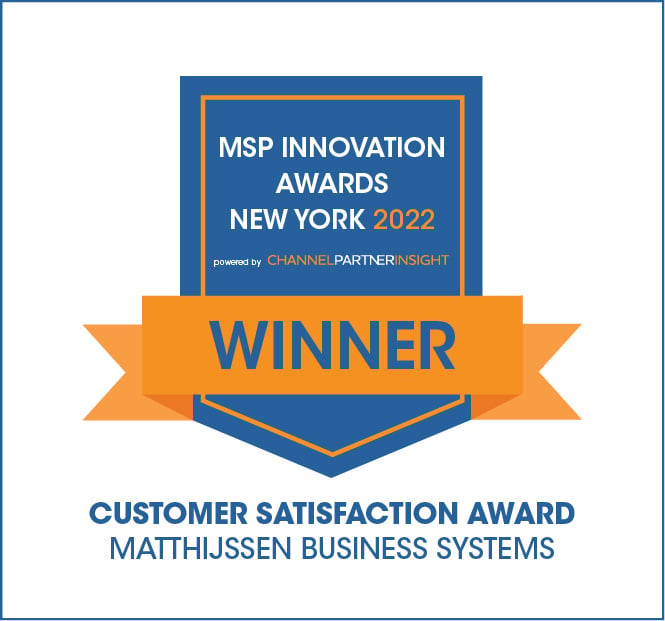MFP Security is More Important than You’d Think
The importance of regularly checking your multi-functional printer (MFP) for security threats and breaches can’t be understated. Though MFP’s may not be traditional targets for technology hacks, in many senses MFPs operate just like computers, carrying out pertinent business functions and housing sensitive information. MFPs combine a variety of functions into one machine (condensing printing, copying, scanning, faxing, and more) and reside right on your company’s network.
For these reasons, MFPs have become attractive points of entry for hackers looking to compromise business information. Without adequate and regular security checks, your company’s data could be vulnerable to an attack with far-reaching consequences.
Consider all the sensitive information that passes through your MFP on a regular basis. Think: payroll information, employee personal identification information, company earnings, discreet business communications…the list goes on. Everything that passes through an MFP is stored on its hard drive. Should that hard drive be hacked, your corporate Pandora’s box is opened to identity theft, corporate espionage, disclosure of customer information, and more.
Hackers may also be interested in using an MFP as a point of entry to your business’s entire network. If MFP security measures are weak, the machine can be used to gain access to other devices on your network for a much larger and more involved attack.
So how can you protect your business against these potential threats?
How to Conduct MFP Security Checks
Manage Who Has Control & Passwords
Security vulnerabilities don’t always have to come from outside the business. To limit the possibility of a data leak due to internal neglect or ill will, regularly revisit who has access to your MFP. When employees change roles or leave the business, make sure passwords change, too. These passwords should also have a complex set of rules that make it more difficult for hackers to break. You can also use IP and Mac address filtering to limit MFP access to the computers that truly need access to it.
Audit Machine Records
Review your MFP’s record of use at least once a month to check for any suspicious activity. Your MFP will log every action that’s taken on its machine. By checking regularly, you can spot things like use after business hours or unauthorized scanning. You should be able to configure your MFP so that these activity logs are automatically sent to your IT team at a selected interval.
Verify Encryption and Overwriting
Most MFPs are able to encrypt all the information that’s stored on its hard drive. This means that the machine scrambles and applies different characters to the content so that it’s impossible to decipher without a specific code. This can make a hard drive of little value should it be taken. In addition to encryption, you can also regularly overwrite the data on your MFP, which essentially erases stored information. An MFP can be set up to conduct automatic overwriting.
Disable Unused Network Services and Protocols
Check older devices within your network to make sure that they are also secure. If a connected device is compromised, it can be an entryway for hackers to the MFP itself (and as mentioned above, this can work the other way, too). Be diligent about protecting all the devices on your network with measures like updated anti-malware and anti-virus protection. You can also be sure that any technologies that are lost (including network apps on mobile phones) are also disabled.
These are just some of the many ways you can preserve the safety and integrity of your business’s MFP. Remember: the last thing you want is the pressure of dealing with a security breach, given that breaches can impact customers, employees, and the business as a whole for months to come.
To learn more about how to conduct MFP security checks – and to upgrade to an MFP that best meets your needs – reach out to the experts at Matthijssen today!












